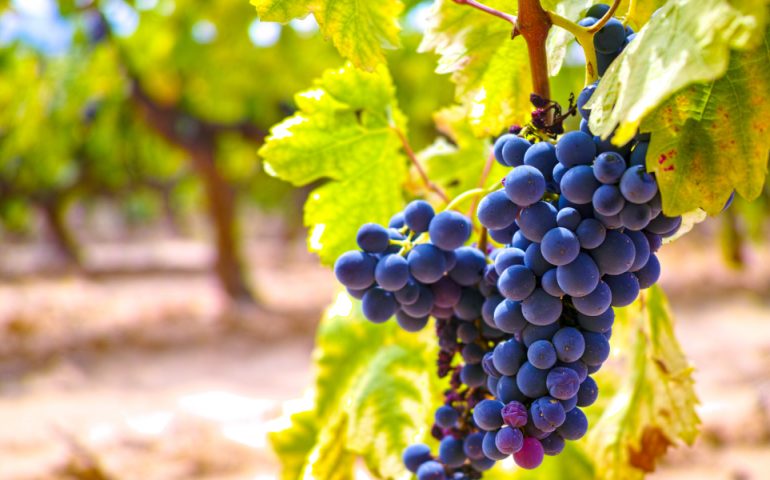Fresh plants are excellent conductors of electricity (metal wire is highly conductive) and roots of plants are also conductors of electricity. But sometimes obstacles are formed in this system, the electrical conductivity of the roots slows down, these roots do not allow the energy to go to the ground, at that time the energy is stored in the trunk itself, as a result the trunk swells (this energy is further used for flower and fruit production). (roots don't have to be active all the time) Now it's important what form this energy is in, this energy is in the medium of different nutrients and hormones, (the job of carrier agents is to maintain the electrical load). Now let's look at the work of the roots of the grapevine, the roots work to control the flow from the leaves and tops to the soil and the roots do both the work of pulling the nutrients up from the soil, while the energy flow is from the top down and at the same time there is a flow from the bottom up ( Above Janara flow is reversed). The confluence of both these currents happens many times, at the same time different hormones are being produced. Hormones called cytokinins and hormones called gibberellins are important hormones, but this is where the role of the root is important, the root has to be active (white root) at this time. anyway When the roots are active, they are discharging minerals from the roots into the soil. These different minerals are taken up from the soil and some of them are released back into the soil, those nutrients are attached to the roots, even at the time when the roots are most active. (Electrical appliances are connected in the house and an earthing wire is buried in the ground to prevent the equipment from getting shocked, this earthing works well only when salt, coal and water are added there, salt is a good conductor of electricity and coal is carbon, both of which make the current flow faster. is discharged) of course roots are active only when there is sufficient nutrients and organic matter available in the soil. Now let's see what nutrients are required at this time, during the resting period in the grapevine, phosphorus, potassium, iron, magnesium and calcium must be in excess. A stream from above moves down carrying heterogeneous elements like nitrogen, sodium, chlorine, ferrous, zinc. It is precisely from this combination that ascorbic acid, cytokinin, components are produced and as a result a chemical called lignin is formed, this lignin and cytokinin then block the flow of energy from top to bottom and then all the energy is trapped in the form of storage in the trunk. After doing exactly that, the roots of the grapevine start to turn brown, but this process is very slow. Negative charge plays an important role in all these processes.
author-
Mr. Subhash Chandra Karale Sir
Director, SV Agro Solutions
